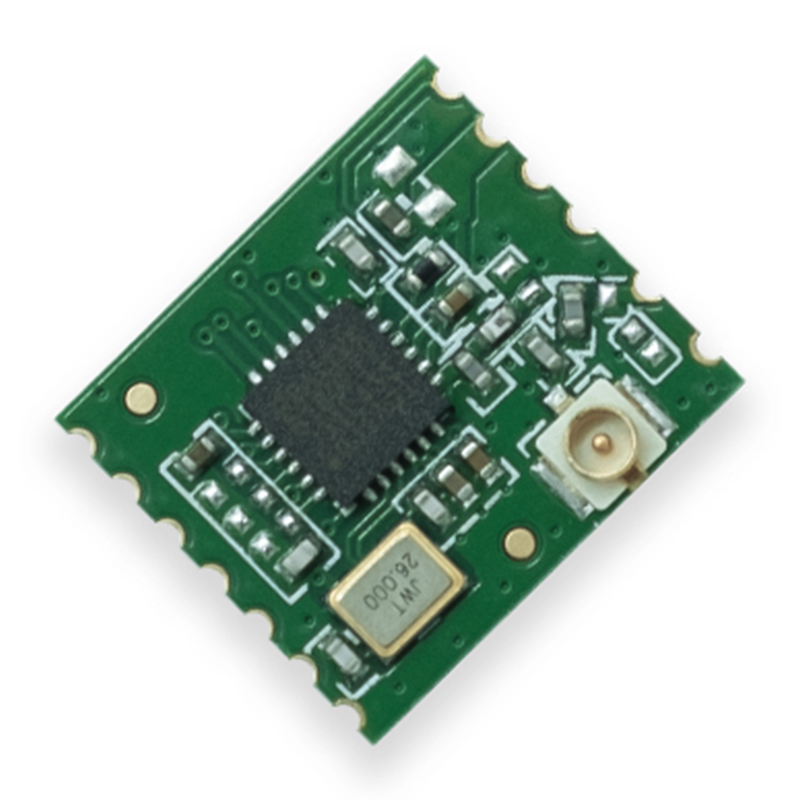When it comes to choosing a microcontroller for your project, two popular options that often come up are the ESP32 and ESP8266. Both of these microcontrollers are widely used in the electronics and IoT (Internet of Things) community. In this article, we will compare the features of both the ESP32 and ESP8266 to help you make an informed decision.

The ESP32 is equipped with a more powerful dual-core processor, with both cores running at a clock frequency of up to 240 MHz. On the other hand, the ESP8266 has a single-core processor running at a clock frequency of up to 80 MHz. This gives ESP32 an advantage in terms of processing power and allows it to handle more complex tasks.
In terms of memory, the ESP32 also offers more resources. It has 520KB of SRAM, 4MB of flash memory, and supports external SPI flash up to 16MB. In comparison, the ESP8266 has 80KB of RAM and 4MB of flash memory. If your project requires more storage or memory-intensive tasks, the ESP32 would be the better choice.
Both the ESP32 and ESP8266 support Wi-Fi connectivity, allowing you to connect your project to the internet. However, the ESP32 offers dual-mode Bluetooth, while the ESP8266 lacks this feature. With Bluetooth support, ESP32 can be used in a wider range of applications, such as creating Bluetooth-enabled devices or connecting to other Bluetooth devices.
The power consumption of a microcontroller is an important factor to consider, especially if your project runs on a battery. The ESP8266 has a lower power consumption compared to the ESP32, primarily due to its single-core processor. If you are working on a battery-powered project with limited power, the ESP8266 would be a suitable choice.
Both the ESP32 and ESP8266 have a large and active development community. However, due to its popularity, the ESP8266 has a larger ecosystem with a wide range of libraries, tutorials, and community support. This can be advantageous if you are a beginner or if you require extensive online resources. The ESP32, although not as established as the ESP8266, is rapidly gaining popularity and has a growing ecosystem.
Choosing between the ESP32 and ESP8266 depends on the specific requirements of your project. If you need more processing power, higher memory capacity, and dual-mode Bluetooth, the ESP32 would be the better choice. On the other hand, if you prioritize lower power consumption and a larger development community, the ESP8266 would be a suitable option. Consider your project's needs and weigh the pros and cons of each microcontroller to make an informed decision.
 Trolink Joint With Tuya to Make Iot Benefit Every Family
Trolink Joint With Tuya to Make Iot Benefit Every Family
 5 Key Indicators for WiFi Module Selection You Have to Know !
5 Key Indicators for WiFi Module Selection You Have to Know !
 IOT module is the brain of smart products
IOT module is the brain of smart products
 What is the signal coverage range of the WiFi module chip?
What is the signal coverage range of the WiFi module chip?